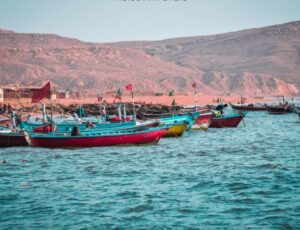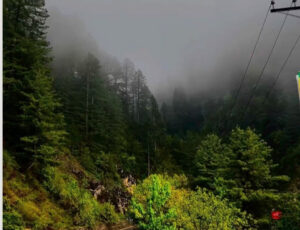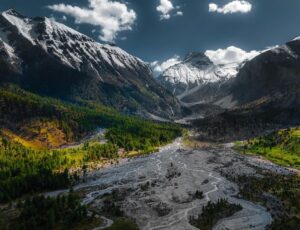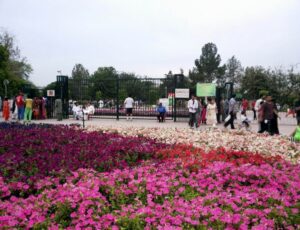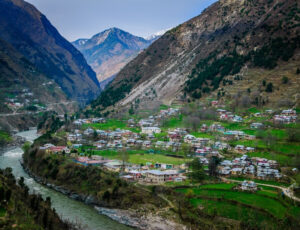Taxila
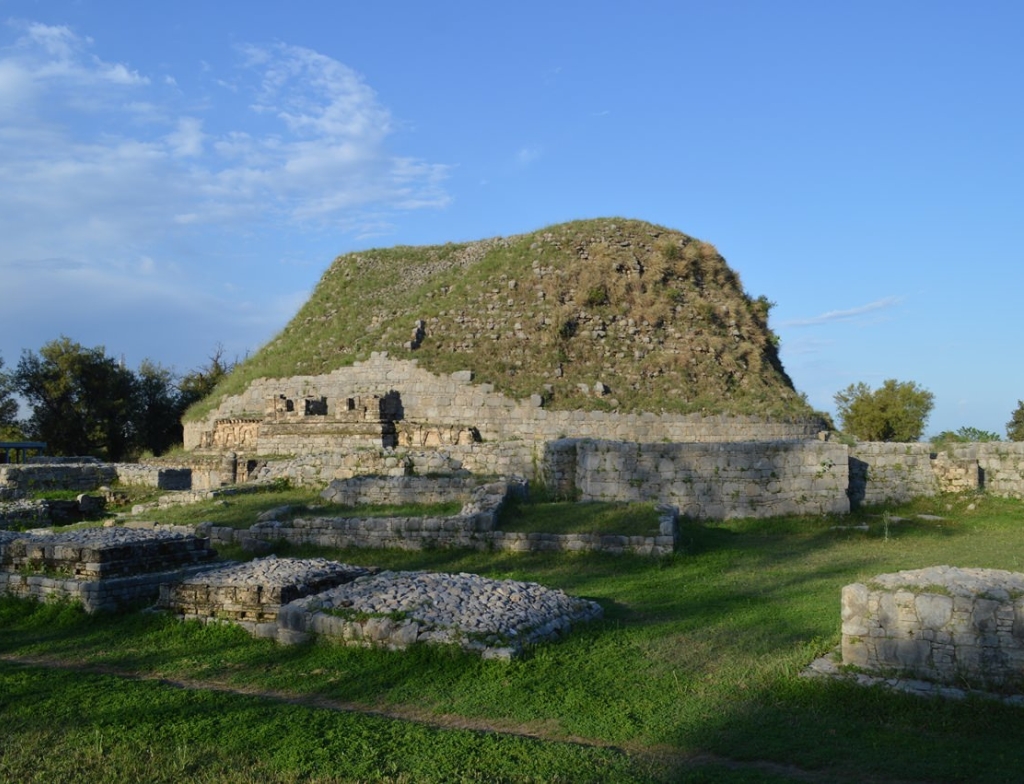
Taxila is a significant archaeological site in Pakistan and holds immense historical and cultural importance. Moreover, It is one of the most important historical places in Pakistan.
Ancient Civilization
It served as a major center for Buddhism and education, attracting scholars and students from around the world.
World Heritage Site
The Taxila archaeological complex has been designated as a UNESCO World Heritage Site due to its rich historical and archaeological significance, featuring well-preserved ruins and artifacts.
Dharmarajika Stupa
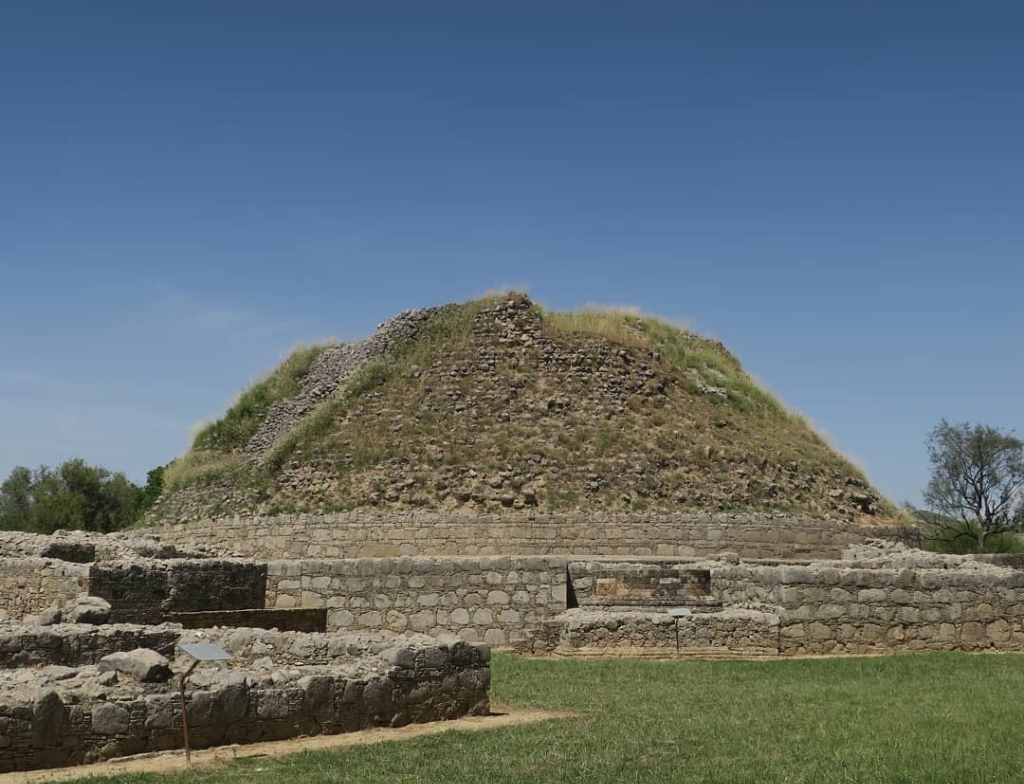
This stupa is one of the most significant Buddhist stupas in Taxila, featuring intricate carvings and architectural details.
Taxila Museum
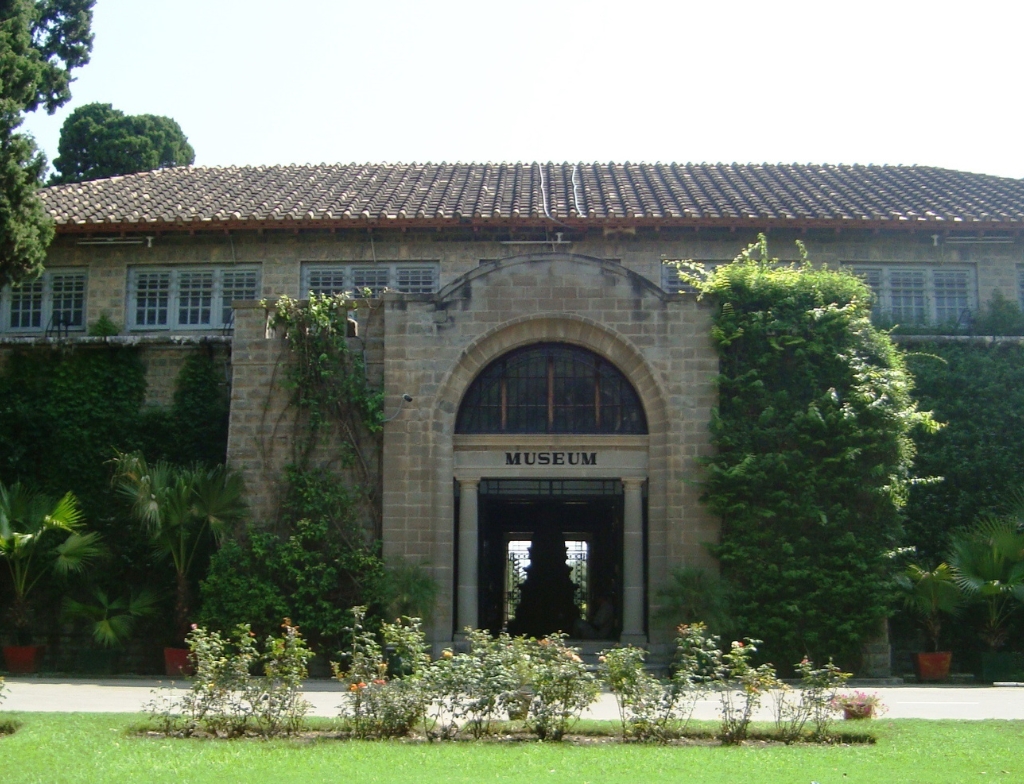
The museum houses a remarkable collection of Gandharan art, including sculptures, architectural elements, coins, jewelry, and pottery, providing valuable insights into the region’s cultural heritage.
Sirkap and Sirsukh
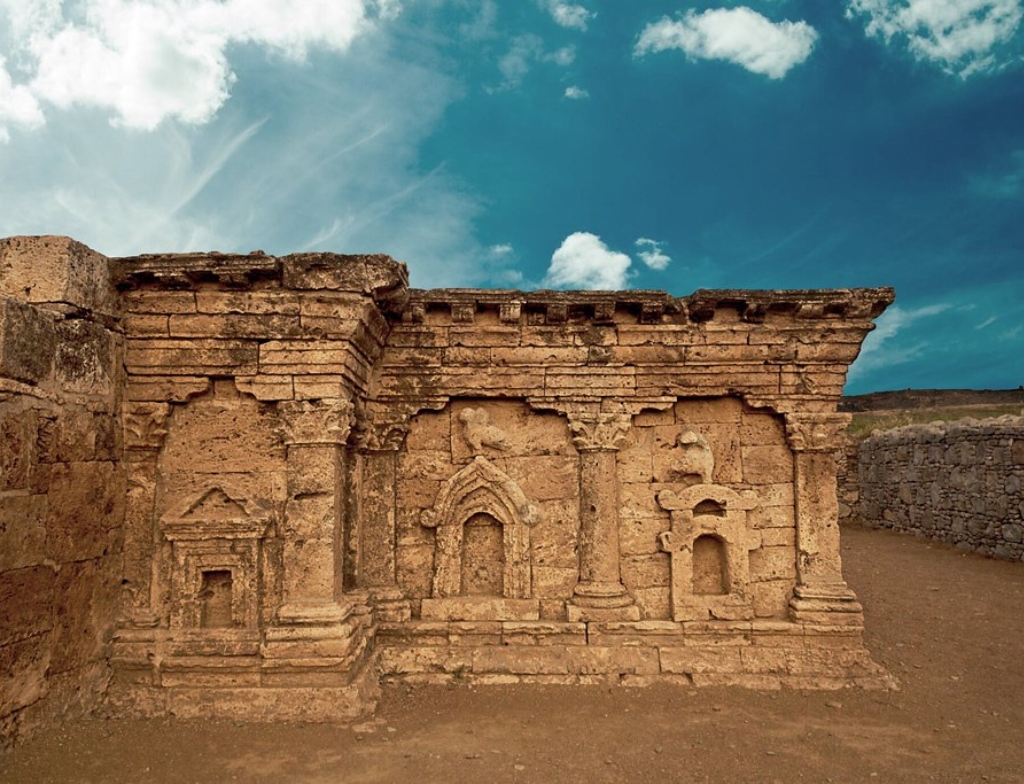
These ancient cities, which are part of the Taxila archaeological complex, showcase the urban planning and architecture of the Gandhara civilization and are important sites for archaeological exploration and study.
Rohtas Fort
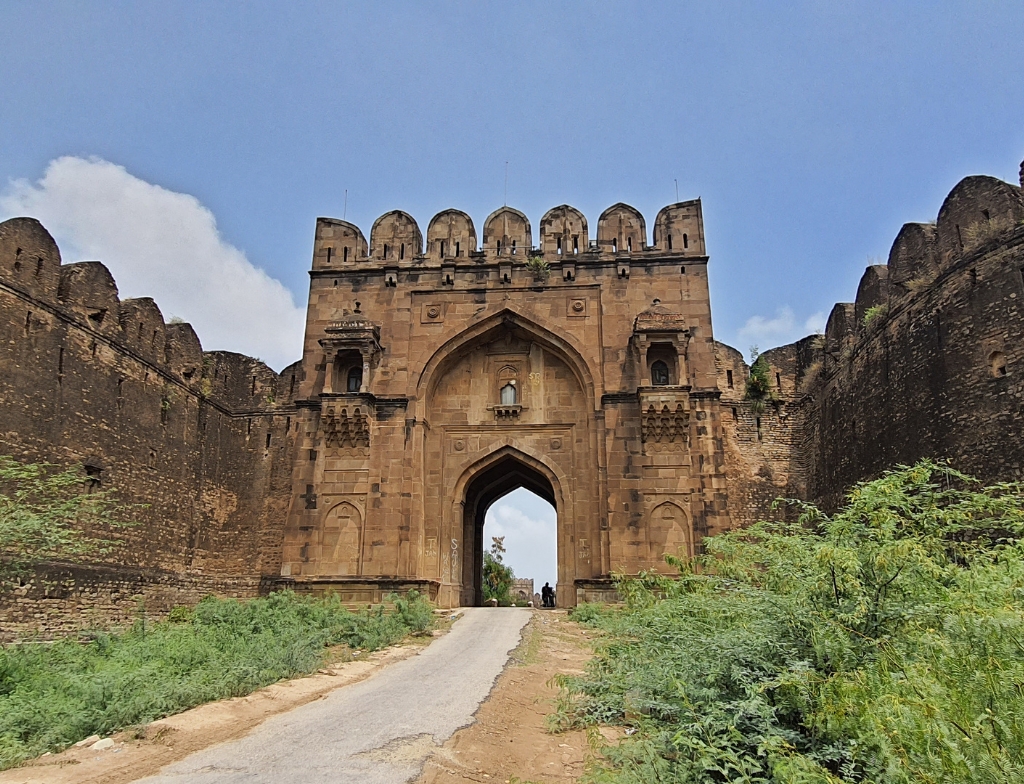
Rohtas Fort is located near the city of Jhelum in Pakistan, is a UNESCO World Heritage Site, and stands as a remarkable example of military architecture and engineering.
Construction
It served as a defensive military installation to suppress the local Gakkhars and to protect the region from the Mughal threat.
Baolis and Monuments
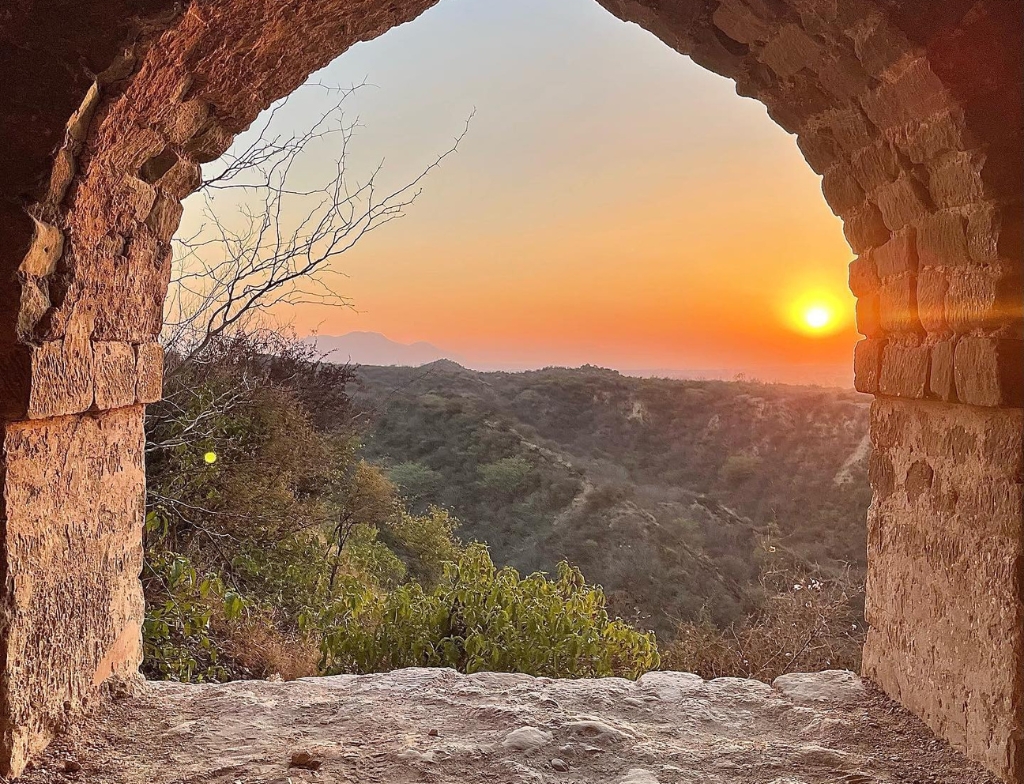
Within the fort, visitors can explore various structures, including baolis (stepped wells), mosques, and the Haveli of Maan Singh, each reflecting the architectural and cultural influences of the era.
Cultural Heritage
Rohtas Fort serves as a testament to the rich cultural and historical legacy of the region, attracting historians, archaeologists, and visitors interested in exploring its architectural grandeur and historical significance.
Lahore Fort
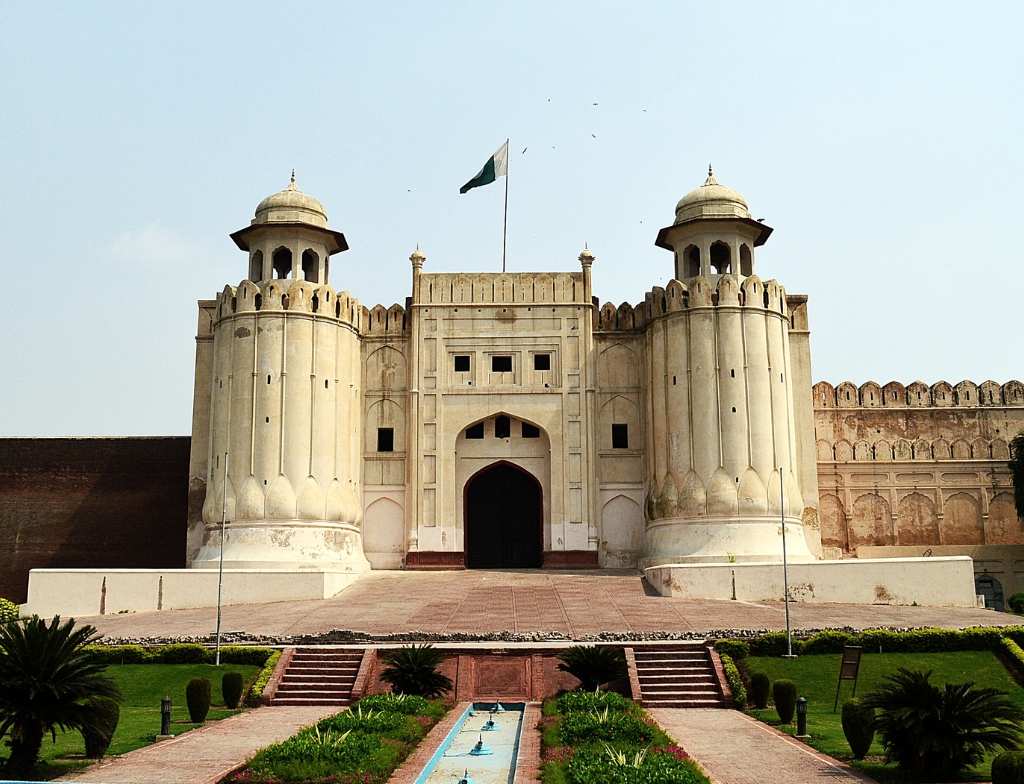
The Lahore Fort, also known as Shahi Qila,however, is a historical fortress located in the city of Lahore, Pakistan, and is a UNESCO World Heritage Site.
Mughal Era
The Lahore Fort has a rich history dating back to the Mughal era, with its initial construction attributed to Emperor Akbar in the 16th century.
Sheesh Mahal
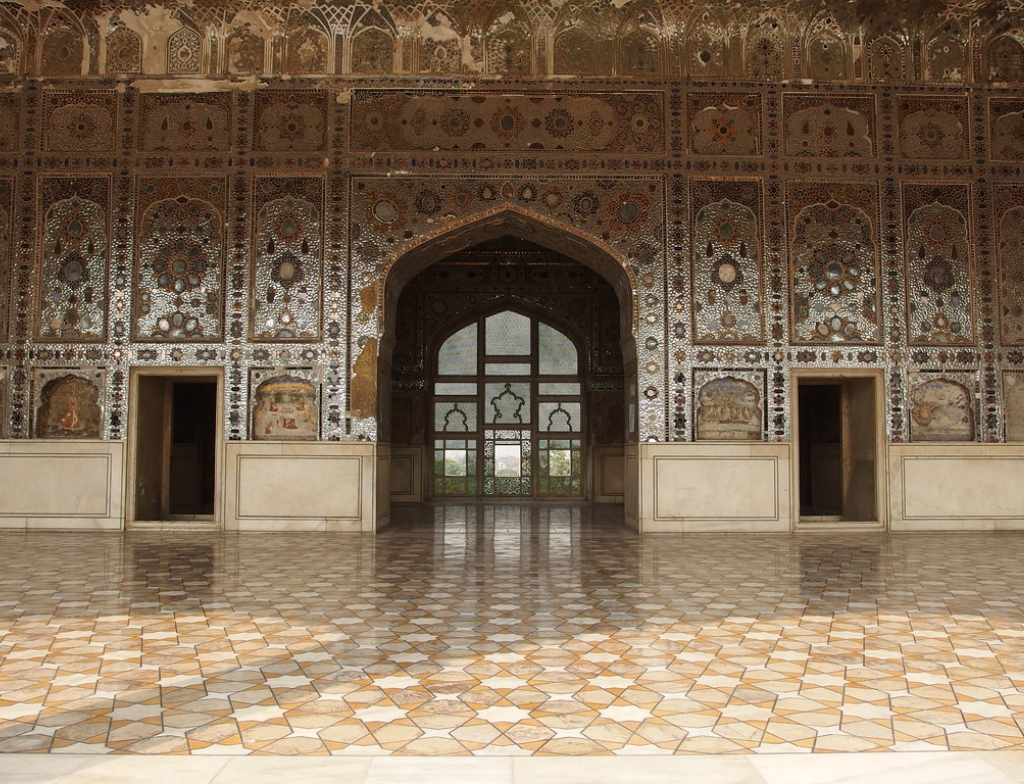
The Sheesh Mahal, or Palace of Mirrors, is a notable structure within the fort known for its intricate mirror work and stunning craftsmanship, exemplifying the grandeur of Mughal design and aesthetics.
Exploration
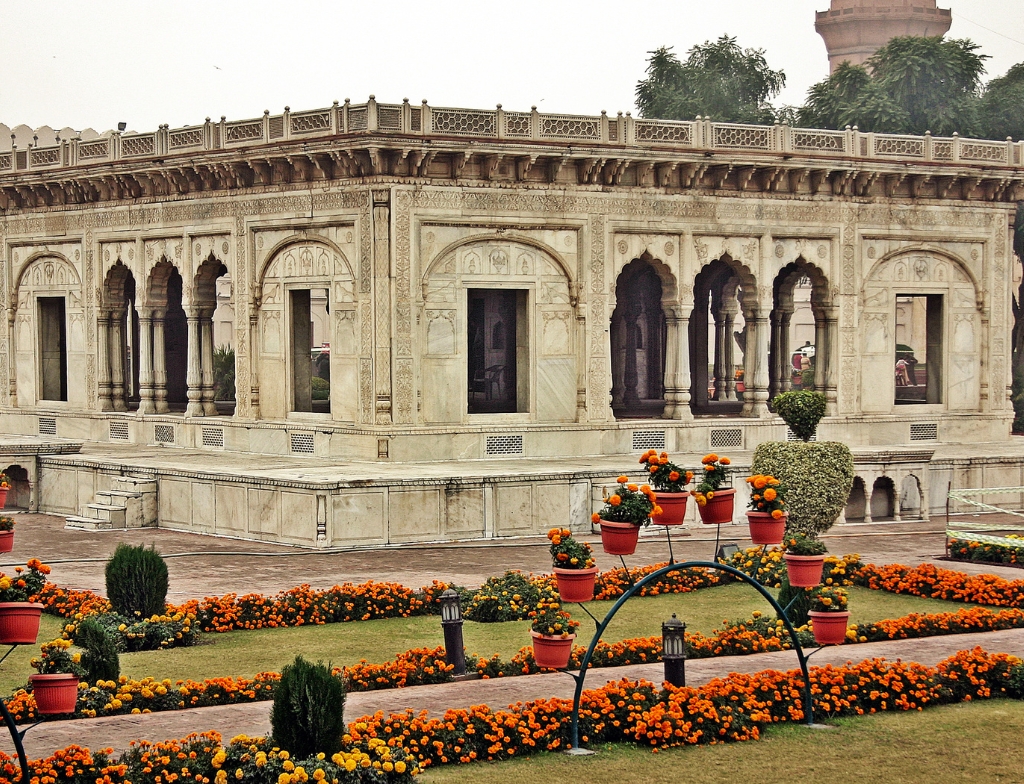
Visitors to the Lahore Fort can also explore nearby attractions such as the Badshahi Mosque, Hazuri Bagh, the Roshnai Gate, and the vibrant streets of the Walled City of Lahore.
Derawar Fort
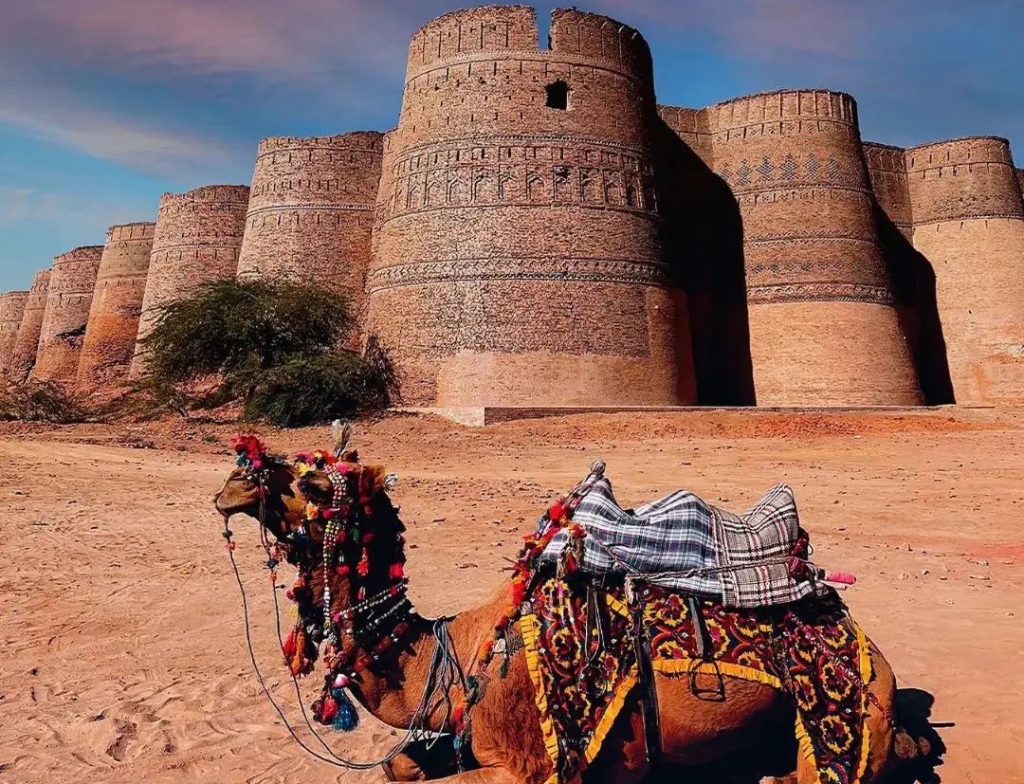
Derawar Fort is located in the Cholistan Desert of Bahawalpur. It is a majestic and historically significant edifice. The most attractive historical places in Pakistan.
Structural Features
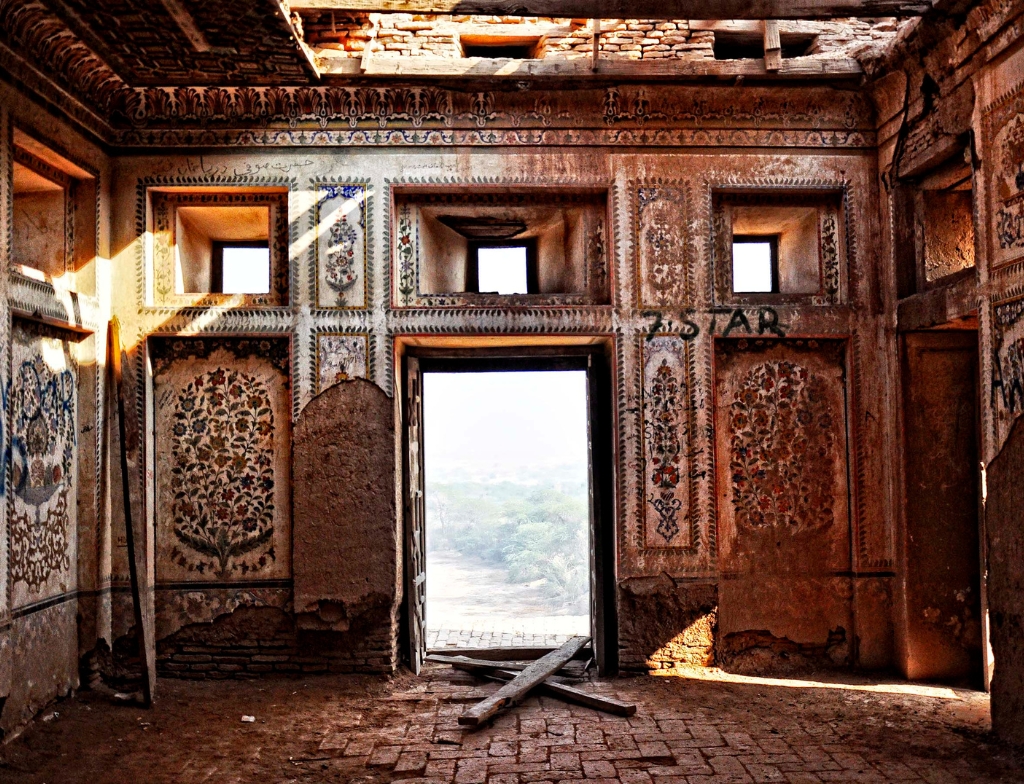
The fort’s massive structure comprises towering walls and bastions that encircle the complex, creating an imposing and awe-inspiring sight in the desert landscape, and showcasing the architectural prowess of its builders.
Tourist Destination
It is the least in its original shape among Historical places in Pakistan.
Annual Cholistan Desert Jeep Rally

The fort serves as the starting point for the annual Cholistan Desert Jeep Rally, an internationally renowned event that showcases the desert’s rugged terrain and attracts participants and spectators from around the world.
Ranikot Fort
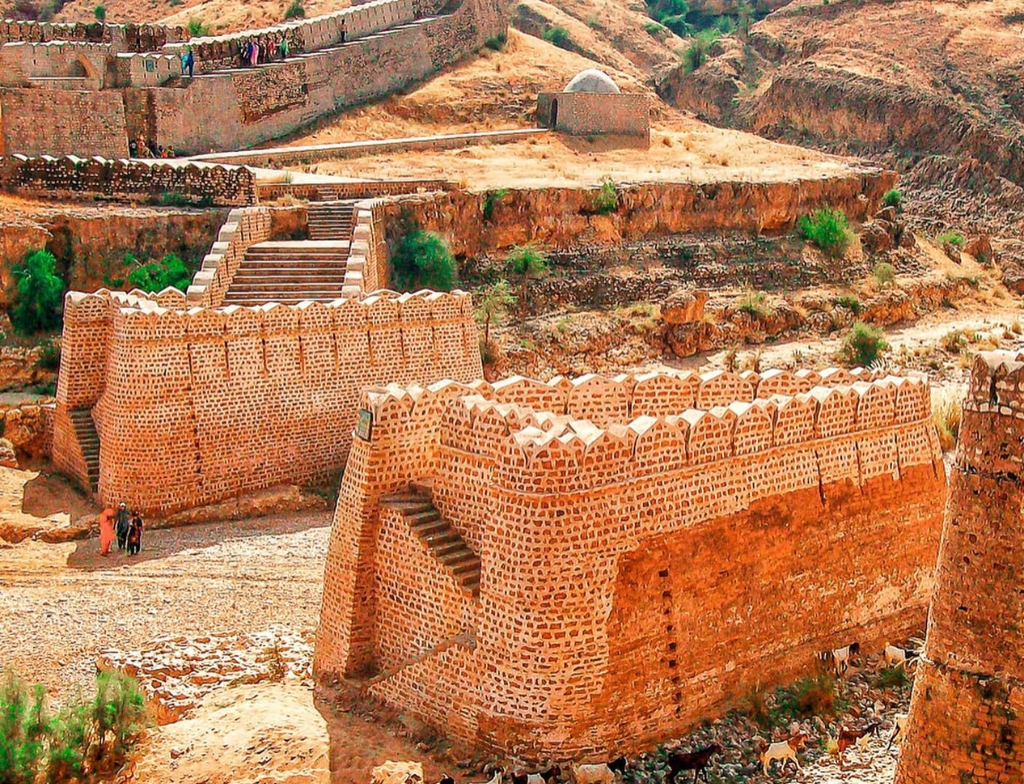
Ranikot Fort, also known as the Great Wall of Sindh, is a historical fort located in the Kirthar Range of Sindh. The most luxurious historical places in Pakistan.
Ancient Origins
The exact builders and purpose of the fort remain a subject of debate among historians and archaeologists.
Massive Structure
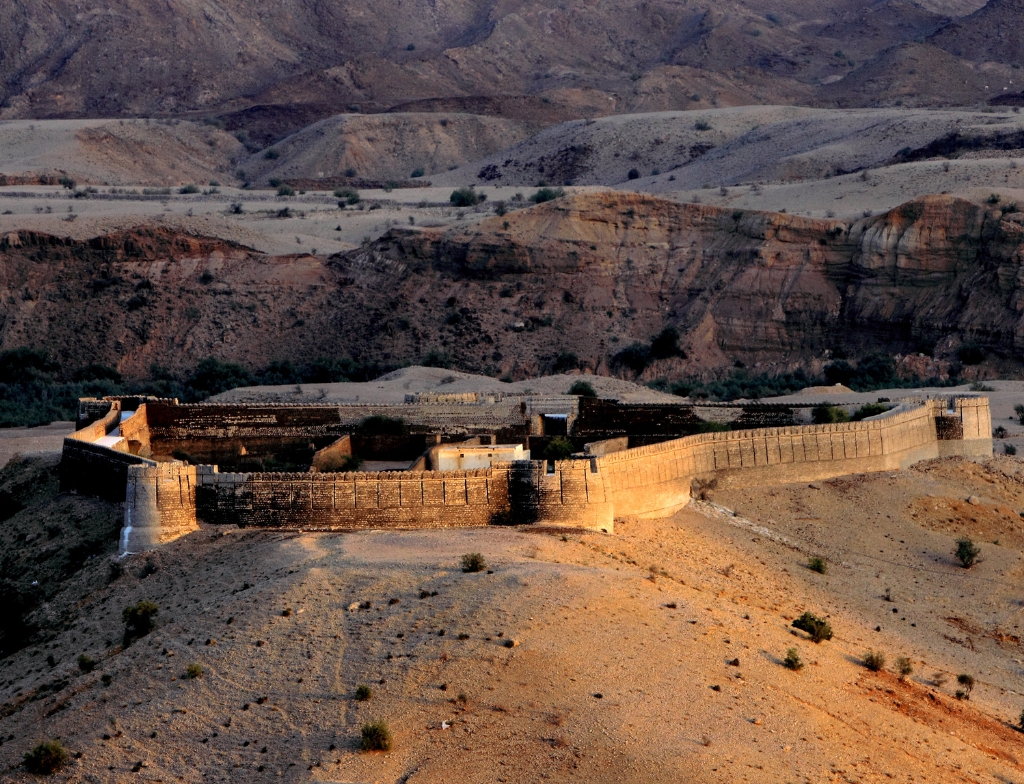
Ranikot Fort is one of the largest forts in the world, with its outer perimeter extending over a circumference of approximately 32 kilometers, making it a monumental architectural feat that reflects the engineering capabilities of its constructors.
Tourist Destination
Ranikot Fort has gained recognition as a tourist destination, drawing visitors who are intrigued by its historical enigma, architectural grandeur, and the opportunity to explore a site of immense historical significance. It is very interesting of all the Historical places in Pakistan.
Exploration
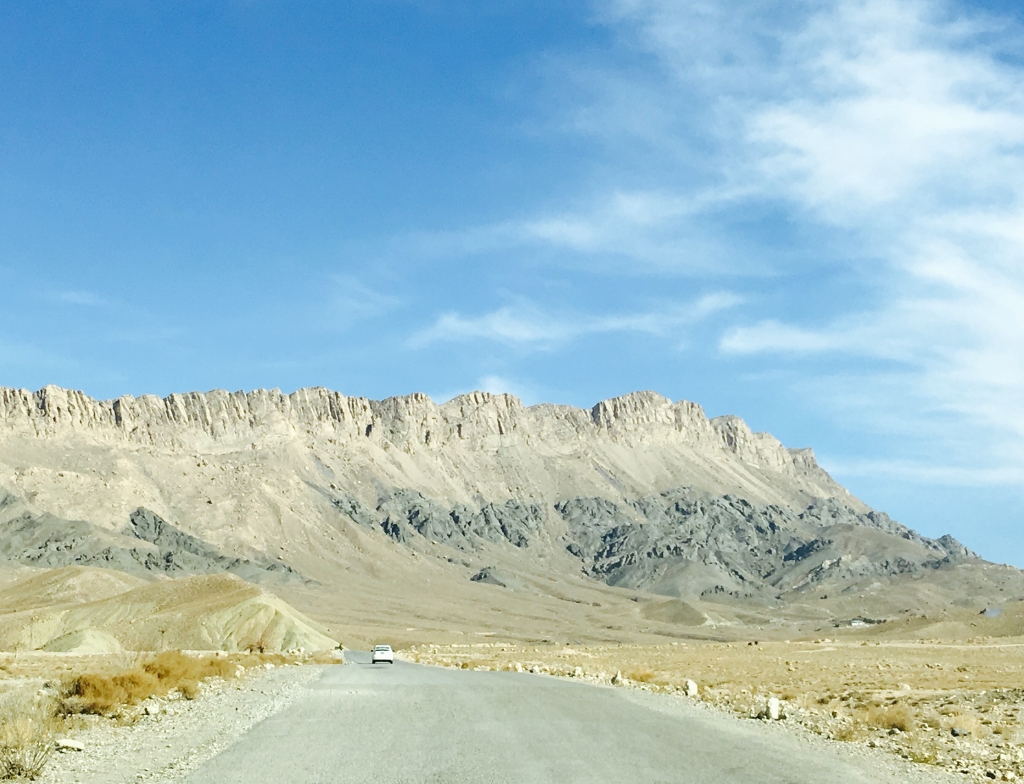
Visitors to Ranikot Fort can also explore the scenic beauty of the Kirthar Range, experience the local culture and traditions of the region, and engage in activities such as hiking, wildlife observation, and adventure tourism.
Hiran Minar
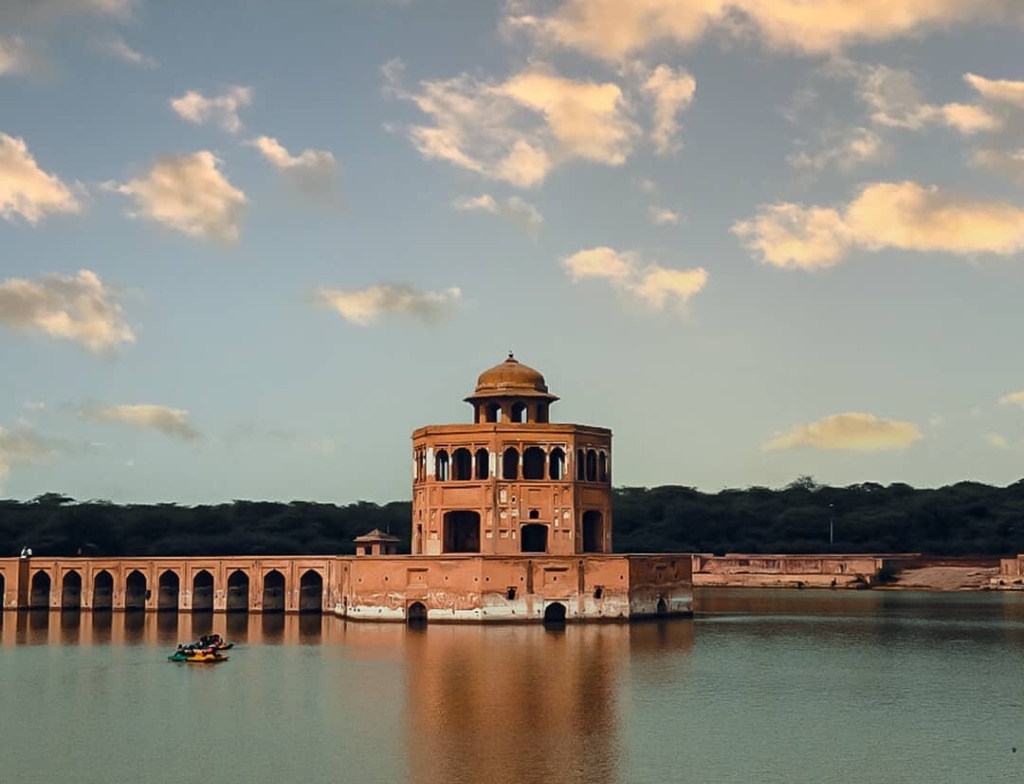
Hiran Minar is located in Sheikhupura. It is a distinctive historical site that holds cultural and architectural significance. The most ancient historical places in Pakistan.
Mughal Era
Hiran Minar was built during the Mughal era by Emperor Jahangir in the early 17th century in honor of his beloved pet deer, Mansraj. The minar served as a memorial and a hunting retreat for the emperor, reflecting the close relationship between humans and animals during that period.
Minaret
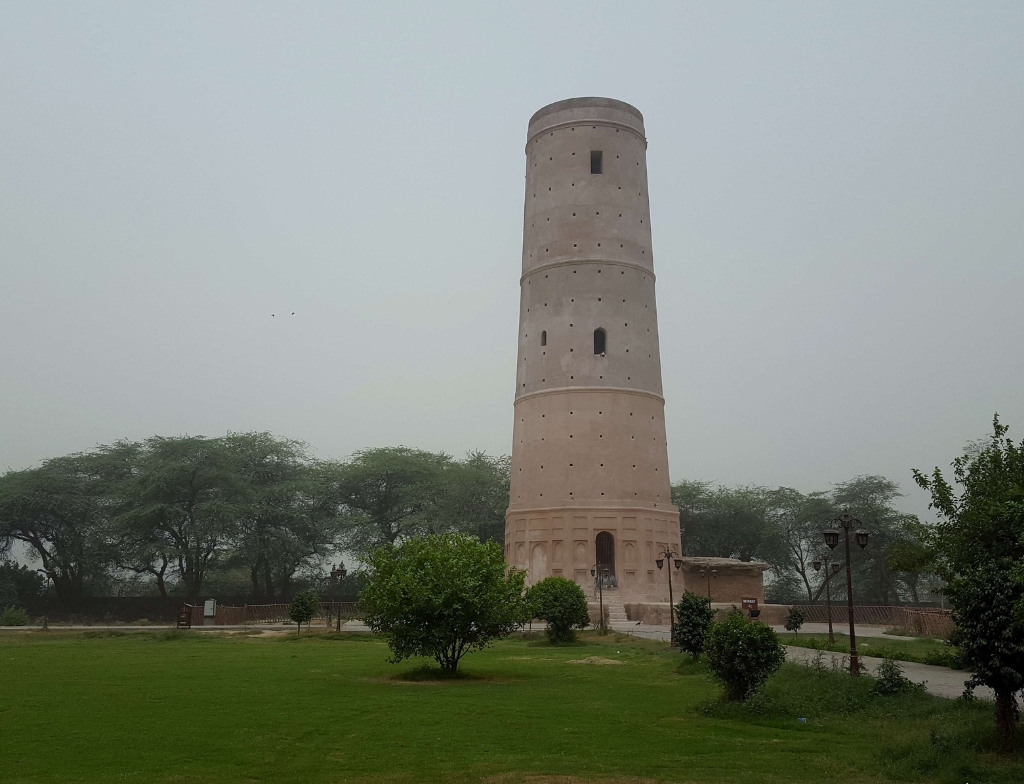
The most prominent feature of Hiran Minar is its distinctive minaret, which stands at the center of a large water tank. The minaret is adorned with stone elephant tusks, serving as a poignant symbol of the emperor’s affection for his pet deer.
Surrounding Complex
The site also includes a pavilion and a baradari (a twelve-door pavilion), adding to the architectural charm of the monument. Visitors can explore the well-preserved structures and appreciate the intricate craftsmanship of the Mughal artisans. Historical places in Pakistan are all surrounded by pretty places.
Picnics and Recreation
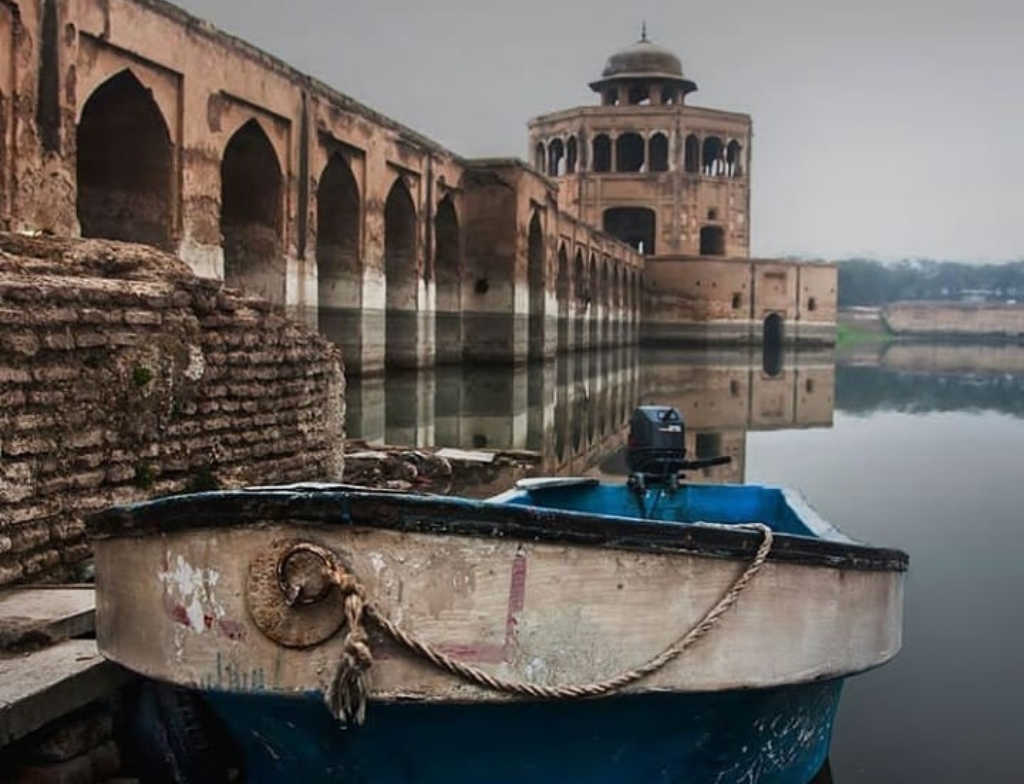
The tranquil surroundings of Hiran Minar, including the expansive gardens and the nearby Hiran Minar Park, make it an ideal location for picnics, leisurely walks, and recreational activities for locals and tourists alike.
Noor Mahal
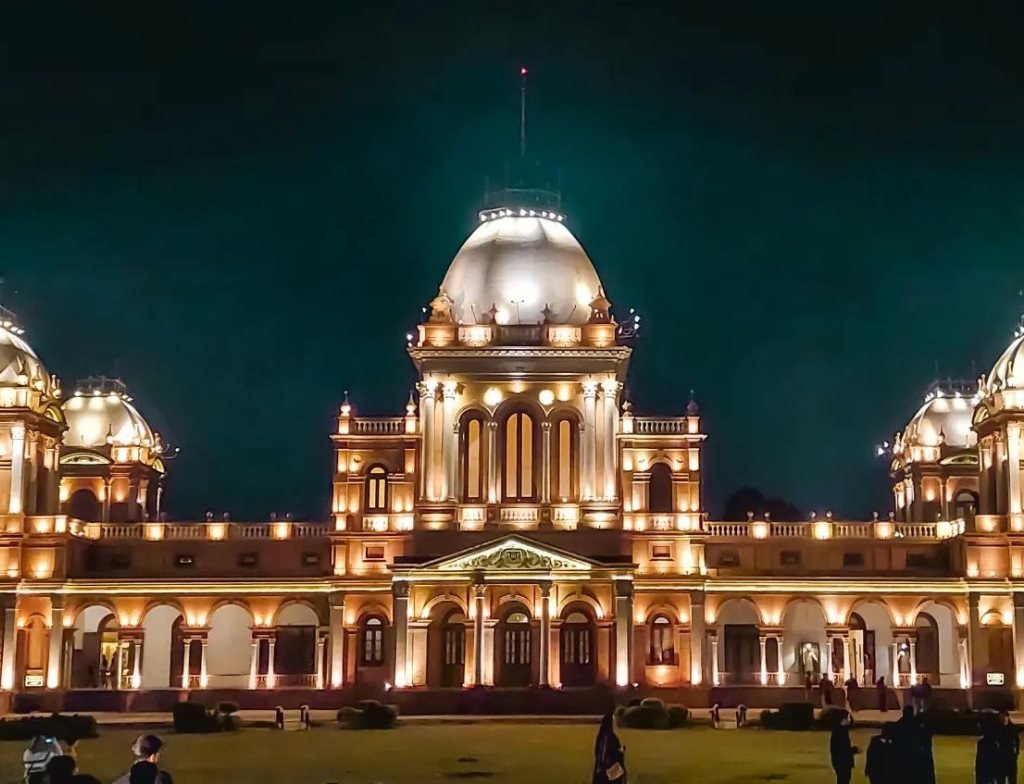
Noor Mahal, situated in Bahawalpur, is a striking palace that seamlessly blends Islamic, Indian, and Roman architectural styles.
- Construction: Noor Mahal was built in 1872 during the reign of the fifth ruler of Bahawalpur, Nawab Sadiq Muhammad Khan IV. The palace was designed by a British architect in a blend of architectural styles, reflecting the cosmopolitan tastes of the time.
- Design Elements: Noor Mahal’s architectural design features exquisite Italian marble, classical columns, and elegant European-style chandeliers, juxtaposed with traditional Islamic arches and intricate patterns, creating a unique and captivating aesthetic.
Mohenjo Daro
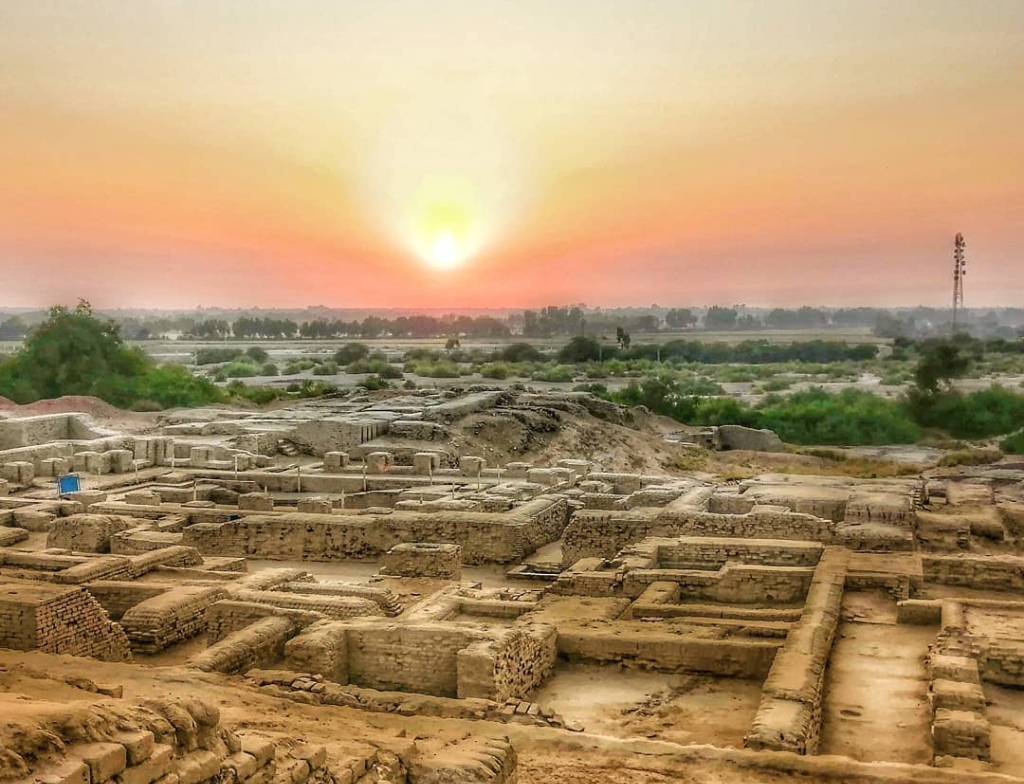
Mohenjo-Daro, a designated UNESCO World Heritage Site, located in the Sindh province of Pakistan, is an ancient archaeological site that showcases the remnants of one of the world’s earliest urban settlements.
- Indus Valley Civilization: Mohenjo-Daro was part of the ancient and advanced Indus Valley Civilization, which flourished around 2500 BCE.
- Urban Layout: The site’s excavations have revealed a well-planned urban layout with advanced drainage systems, multi-story houses, and public baths, providing insights into the sophistication of urban life during that era.
Wazir Khan Mosque
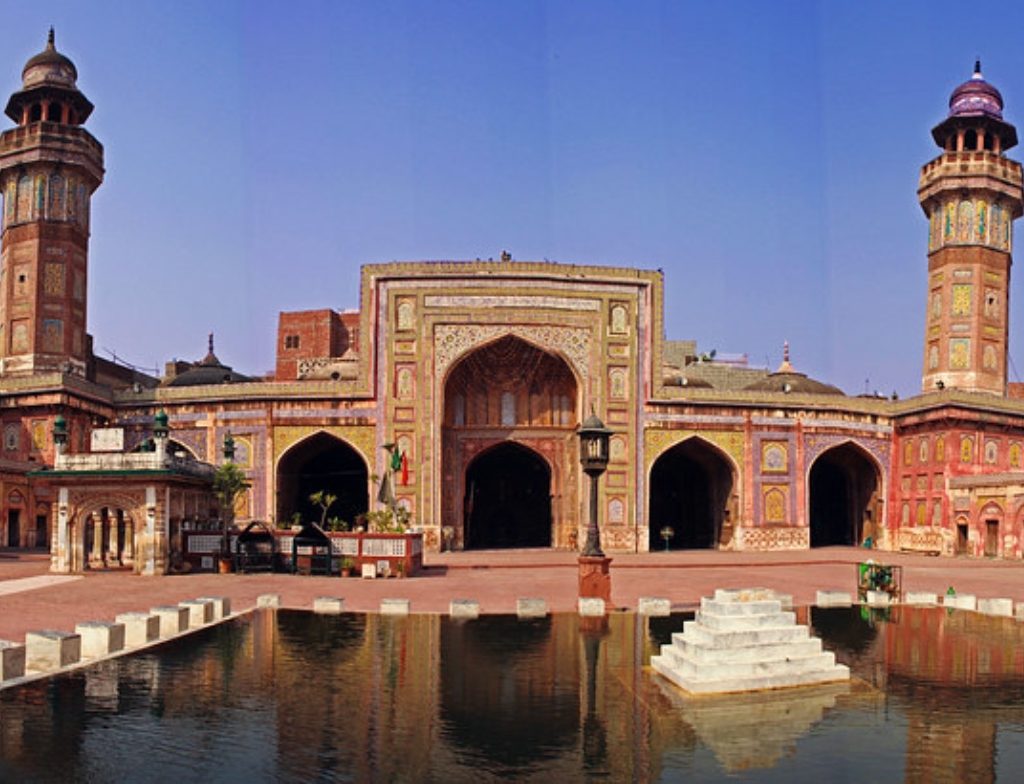
The Wazir Khan Mosque, located in the Walled City of Lahore, is a masterpiece of Mughal architecture and a prominent cultural and historical landmark.
- Construction: The Wazir Khan Mosque was commissioned during the 17th century by the Mughal Viceroy of Punjab, Hakim Shaikh Ilm-ud-din Ansari, also known as Wazir Khan, and was completed in 1642.
- Mughal Architecture: The mosque’s design exemplifies the intricate and ornate style of Mughal architecture, featuring stunning tile work, frescoes, and calligraphy that adorn its facades, domes, and interior, showcasing the artistic and aesthetic prowess of the era.
Badshahi Mosque
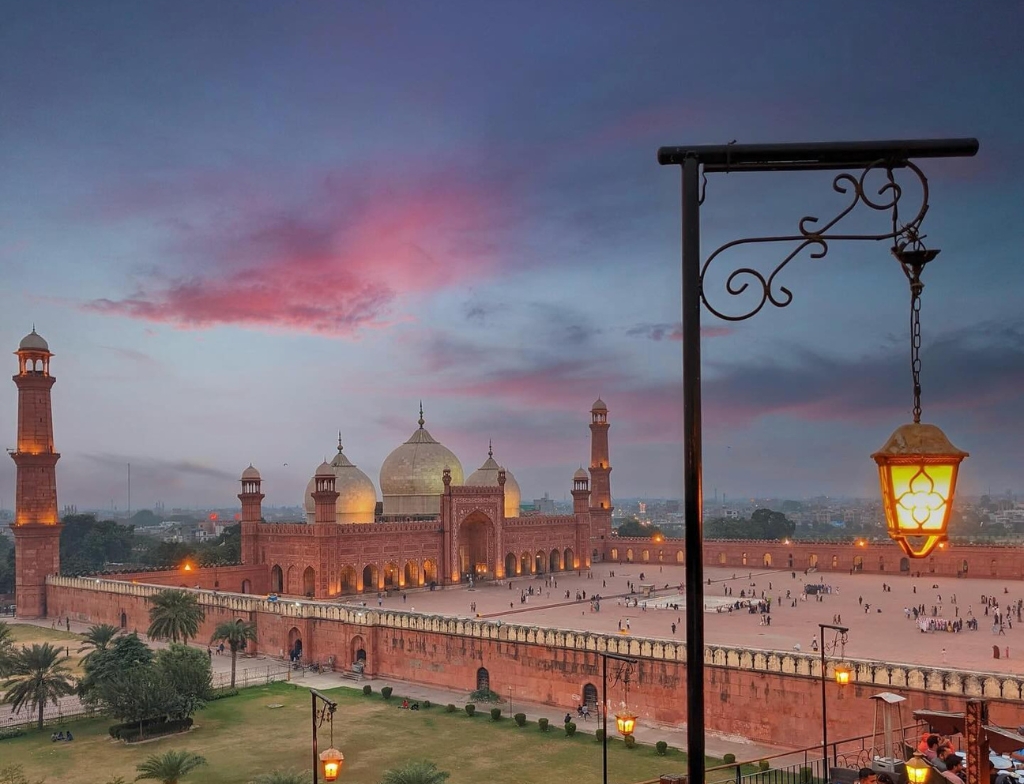
The Badshahi Mosque, located in Lahore, Pakistan, is a magnificent architectural marvel and a significant symbol of Mughal heritage.
Mughal Era
Built during the Mughal era in 1673, the Badshahi Mosque was commissioned by the sixth Mughal Emperor, Aurangzeb, and was one of the largest mosques of its time.
Mughal Architecture
The mosque’s design reflects the grandeur of Mughal architecture, featuring red sandstone and white marble embellishments, intricate inlay work, and elegant calligraphy, creating a visually stunning and spiritually uplifting space for worshippers.
Spacious Courtyard
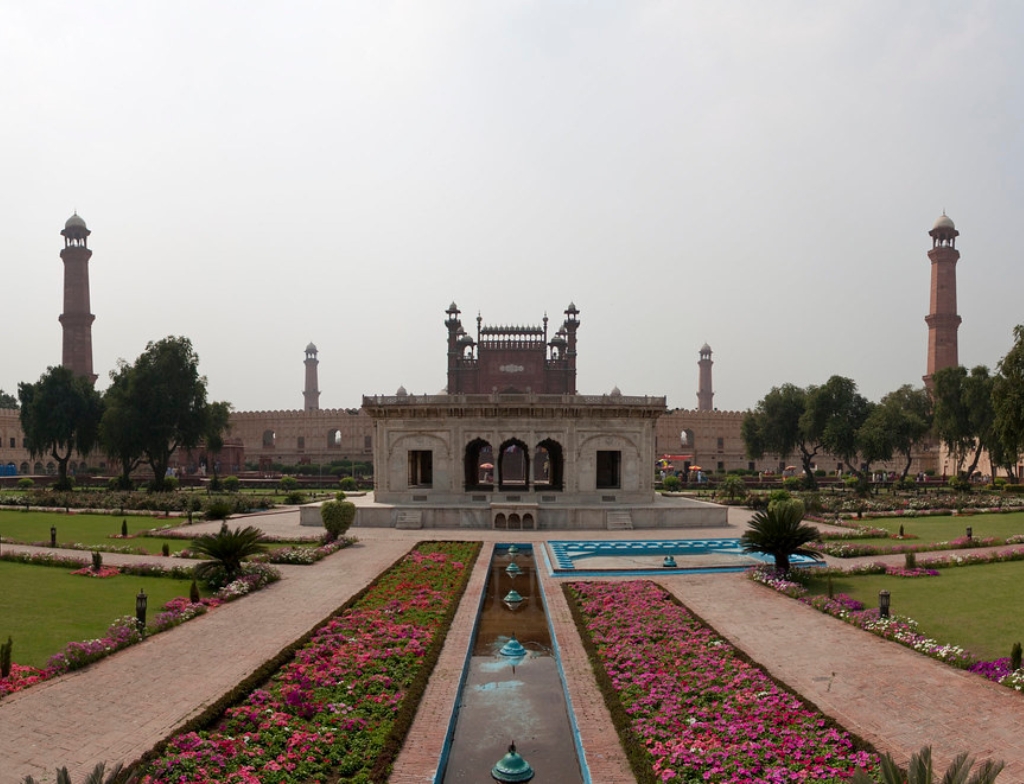
The mosque’s expansive courtyard can accommodate thousands of worshippers, and its four towering minarets add to the majestic presence of the structure.
Tourist Destination
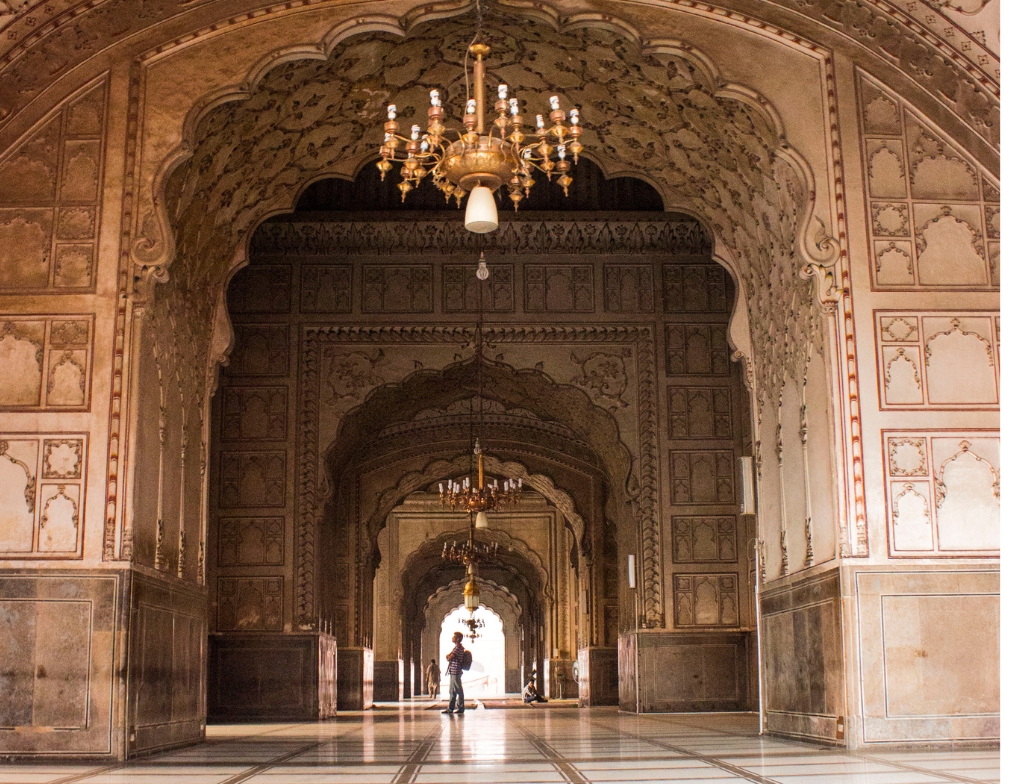
The Badshahi Mosque has become a prominent tourist attraction, drawing visitors from around the world who are captivated by its historical significance, architectural beauty, and the opportunity to witness a masterpiece of Mughal-era construction and design.
Tomb of Jahangir
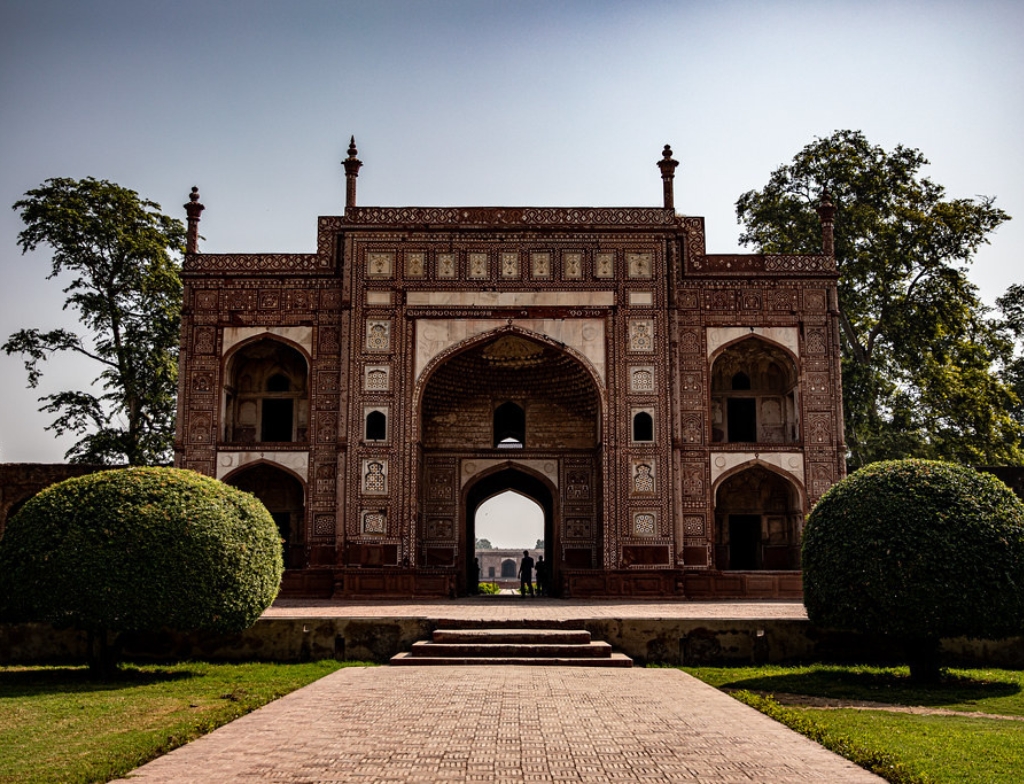
The Tomb of Jahangir, located in Shahdara, Lahore, is a mausoleum dedicated to the Mughal Emperor Jahangir, revered for its architectural elegance and historical significance.
Mughal Architecture
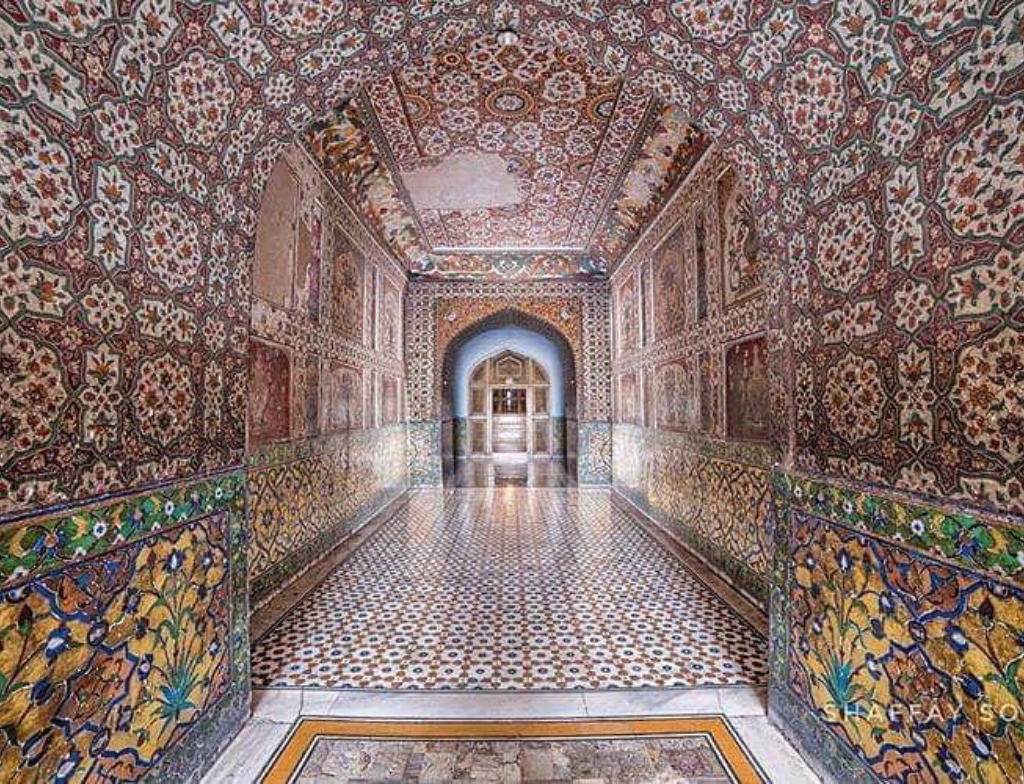
The tomb exemplifies the intricate and ornate style of Mughal architecture, featuring a grand dome, elaborate marble inlay, and exquisite frescoes and tile work that adorn its interior and exterior, reflecting the artistic finesse of the Mughal era.
Tourist Attraction
The Tomb of Jahangir has become a revered tourist attraction, drawing visitors who are fascinated by its historical significance, architectural grandeur, and the opportunity to pay homage to the legacy of Emperor Jahangir.
Exploration
Visitors to the Tomb of Jahangir can also explore nearby attractions such as the Lahore Fort, Badshahi Mosque, and other historical and cultural landmarks in the vibrant city of Lahore.
Shalamar Garden
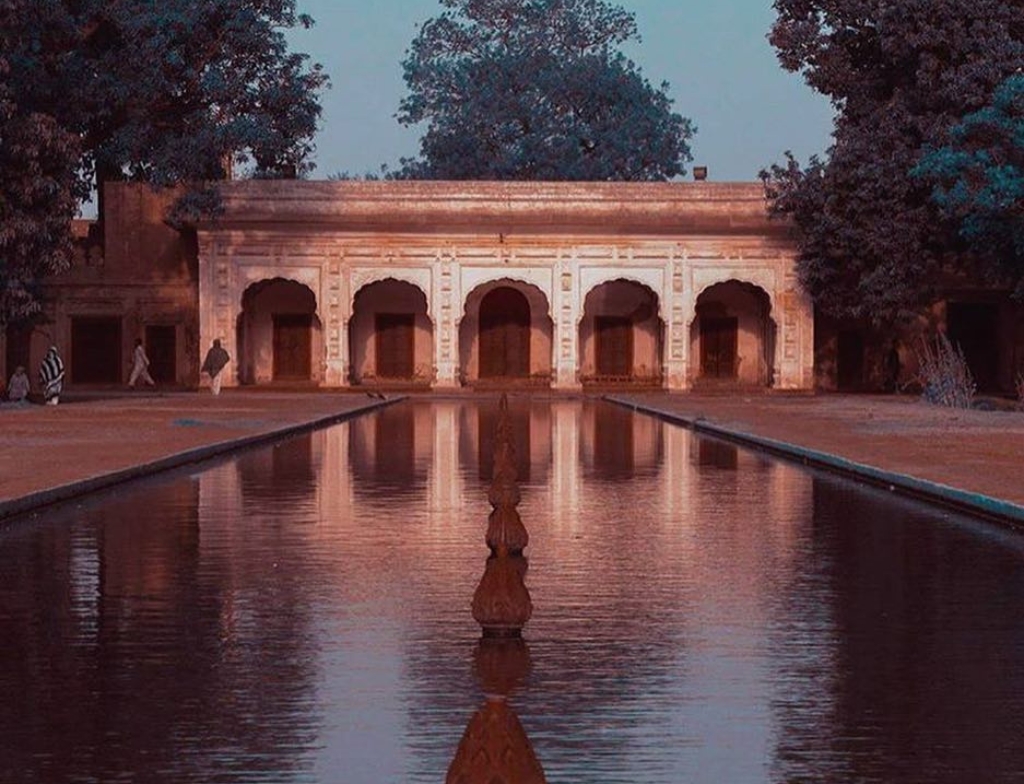
Shalimar Gardens, located in Lahore, Pakistan, is a stunning example of Mughal garden design and a UNESCO World Heritage Site.
- Mughal Era: The Shalimar Gardens were commissioned by the Mughal Emperor Shah Jahan in 1641, reflecting the opulence and grandeur of the Mughal era. The gardens were intended as a royal retreat and a symbol of the emperor’s love for his wife, Empress Mumtaz Mahal.
- Mughal Garden Design: The gardens exemplify the classic Mughal charbagh layout, featuring terraced levels, flowing water channels, fountains, and meticulously manicured lawns and flower beds, all arranged to create a harmonious and visually captivating landscape.
Minar e Pakistan
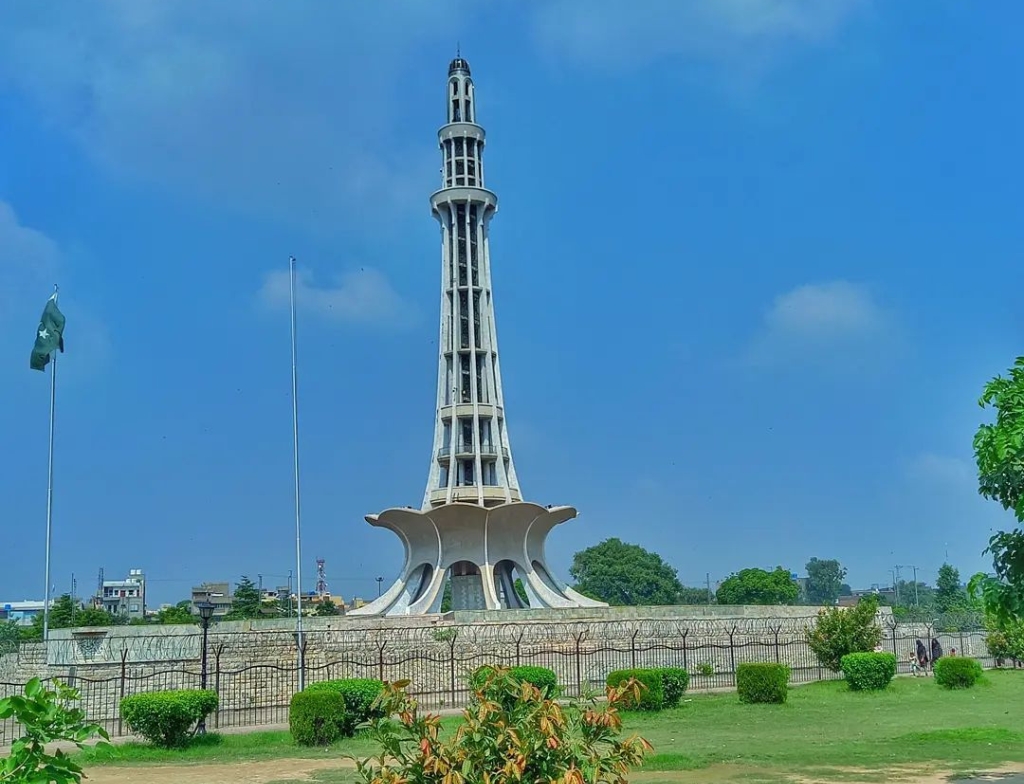
Minar-e-Pakistan, located in Iqbal Park in Lahore, is a significant national heritage that commemorates the Lahore Resolution, a pivotal event in the country’s history.
Lahore Resolution
The Minar-e-Pakistan was constructed at the site where the All-India Muslim League passed the Lahore Resolution on March 23, 1940. This resolution laid the groundwork for the creation of a separate nation for the Muslims of the Indian subcontinent, eventually leading to the formation of Pakistan in 1947.
Symbolism
The minaret’s design symbolizes the Muslim struggle for independence and features a blend of Islamic and Mughal architectural influences, reflecting the cultural and historical heritage of the region.
Masonry and Marble
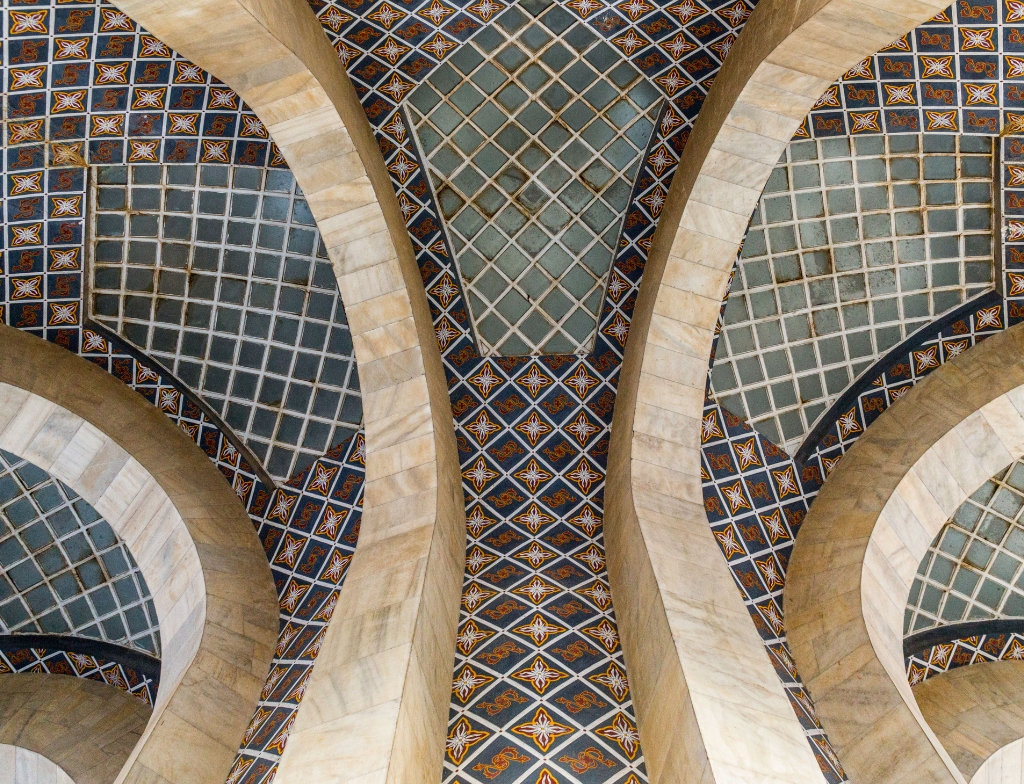
The tower is constructed of patterned and carved stone masonry, with the base made of granite and the upper portion adorned with marble, showcasing intricate craftsmanship.
Tourist Attraction
Minar-e-Pakistan has become a popular tourist destination, drawing visitors who are intrigued by its historical significance, architectural grandeur, and the opportunity to commemorate the birth of the nation at this historic site.
Public Gatherings and Events
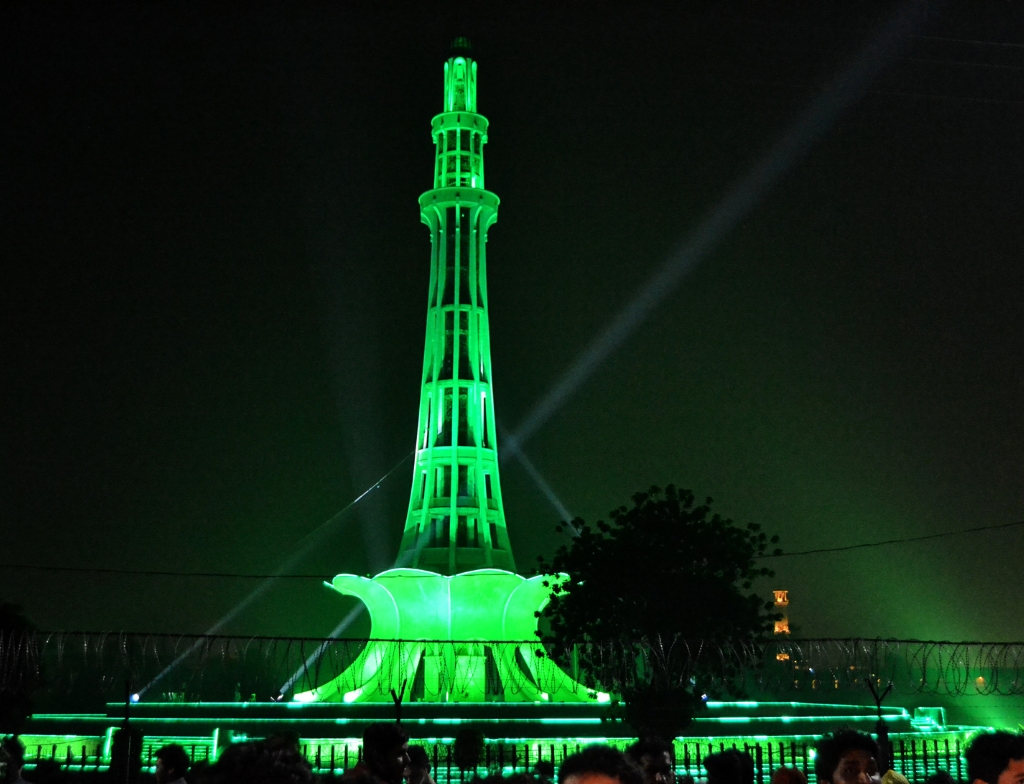
The surrounding park serves as a venue for public gatherings, events, and national celebrations, making it a dynamic space where citizens come together to honor the country’s heritage and identity.
Katas Raj Temple
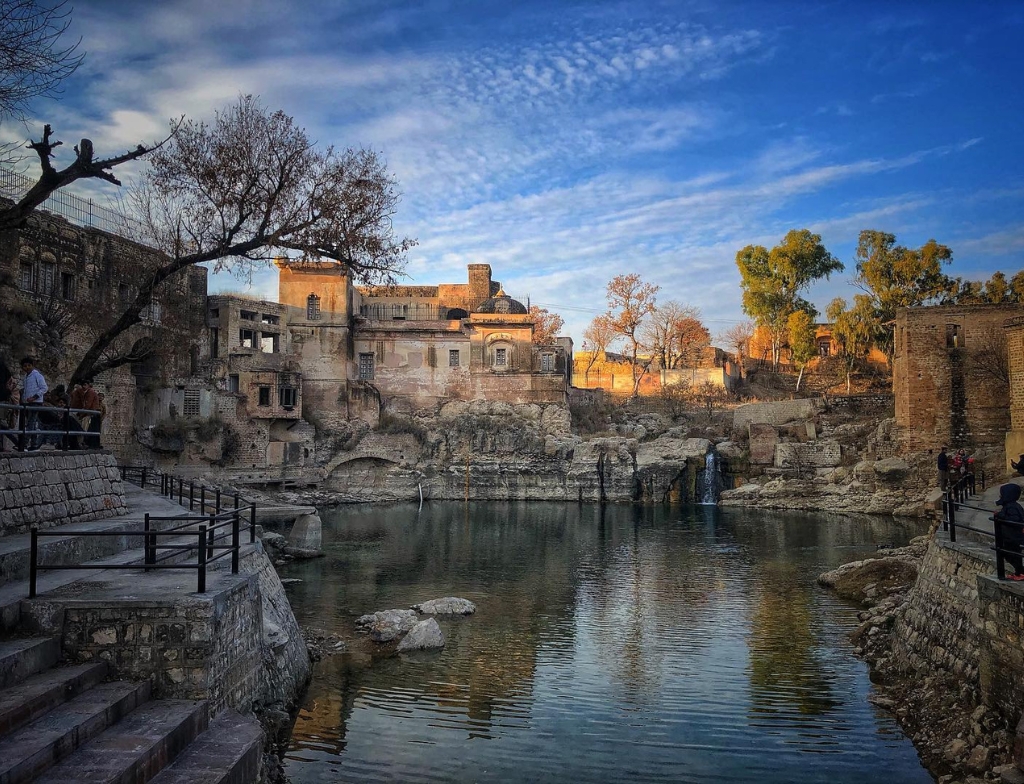
The Katas Raj Temple, situated near Kallar Kahar in the Chakwal district of Punjab, is a revered Hindu pilgrimage site. Historical places in Pakistan are all beautiful but it reflects the beauty of them.
- Ancient Origins: The Katas Raj Temple complex is steeped in antiquity, with some of its structures dating back over a millennium, making it one of the oldest known places of worship for Hindus in the region.
- Spiritual Importance: The site holds religious significance for Hindus, as it is believed to be associated with various myths, legends, and sacred stories, attracting pilgrims and visitors seeking spiritual solace and divine blessings.
- Temple Complex: The site comprises several ancient temples, holy ponds, and remnants of historical structures, collectively forming a captivating architectural ensemble that reflects the evolution of Hindu temple construction and artistic expression over the centuries.
Makli Necropolis
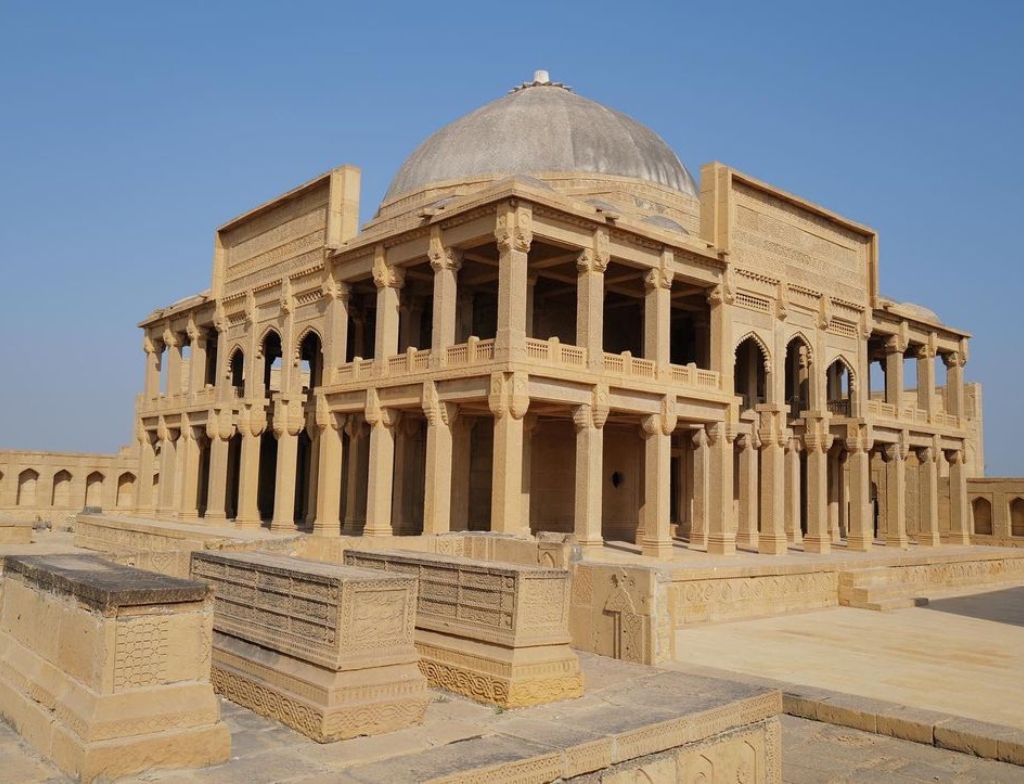
The Makli Necropolis, located near Thatta in the Sindh province, is one of the largest and most significant necropolises in the world. The Makli Necropolis has been designated as a UNESCO World Heritage Site.
- Ancient Burial Site: The Makli Necropolis is an extensive burial ground that spans several centuries, serving as the final resting place for rulers.
- Cultural Diversity: The necropolis reflects the diverse cultural influences that have shaped the region over the centuries, with its tombs and funerary monuments showcasing a fusion of Islamic, Persian, and indigenous architectural styles and decorative motifs.
- Tombs and Mausoleums: The site is adorned with elaborately designed tombs, mausoleums, and funerary structures, many of which feature intricate stone carvings, detailed tile work, and calligraphic inscriptions, showcasing the artistic and architectural achievements of different eras.
Pakistan Monument
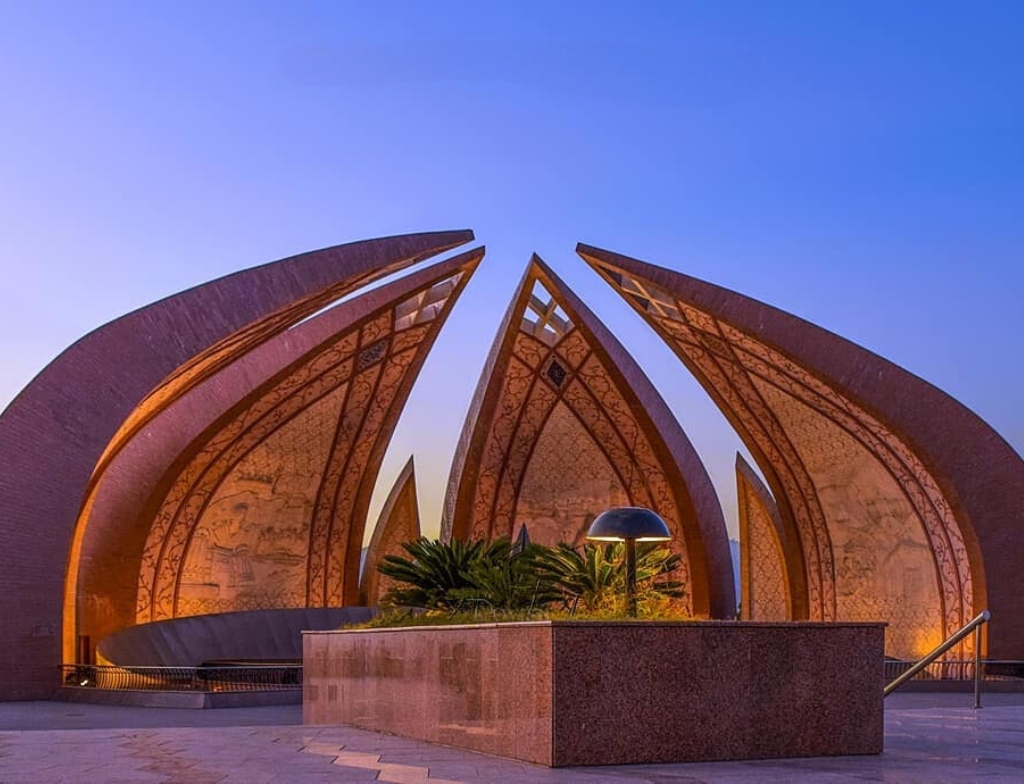
The Pakistan Monument, situated in Islamabad, is a national emblem that symbolizes the country’s unity, heritage, and aspirations. It has the best value among Historical places in Pakistan.
National Identity
The Pakistan Monument’s design represents the four provinces of Pakistan, with its petals symbolizing the diverse cultures, traditions, and people that collectively form the nation’s identity.
Islamic Architecture
The monument’s structure is inspired by Islamic architecture, featuring a blend of modern and traditional elements that reflect the country’s cultural and historical heritage.
Historical Context
The Pakistan Monument complex includes a museum and art gallery, offering visitors the opportunity to delve into the country’s history, cultural diversity, and the significance of the monument as a symbol of national unity.
National Heritage
The monument serves as a tribute to the struggles and sacrifices made during the independence movement and embodies the spirit of unity and national pride.
Tourist Attraction
It has become a popular tourist destination, attracting visitors who seek to appreciate its architectural grandeur, learn about Pakistan’s history, and capture panoramic views of Islamabad from its vantage point.
Public Events and Celebrations
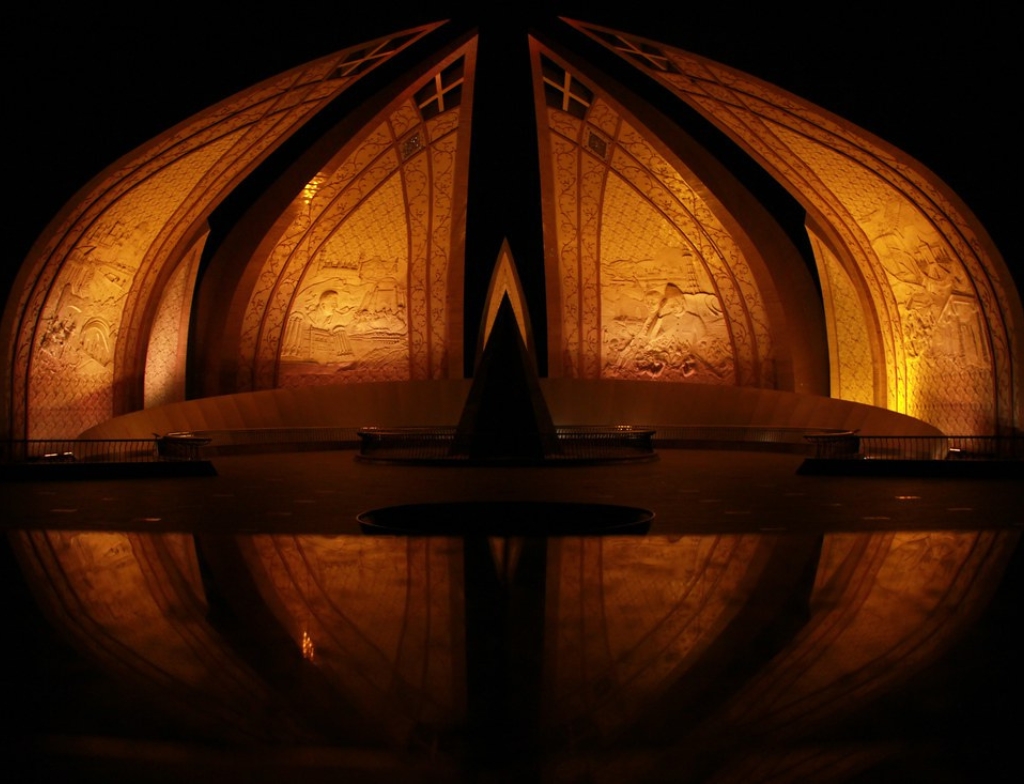
The site serves as a venue for national events, cultural festivals, and educational programs, fostering a sense of patriotism and civic engagement among visitors.
Conclusion
Historical places in Pakistan’s wonders are woven with ancient cities, majestic forts, and timeless monuments. These historical places reflect the country’s diverse cultural heritage, architectural splendor, and profound historical significance. These places serve as sources of inspiration, education, and appreciation for visitors from around the world.
